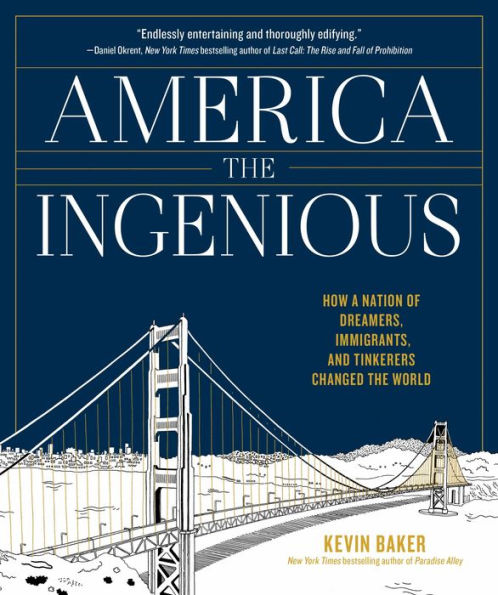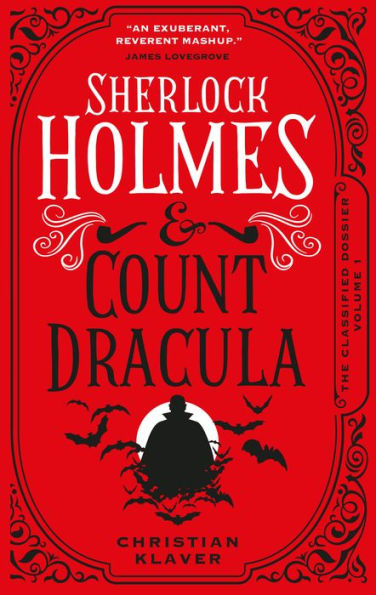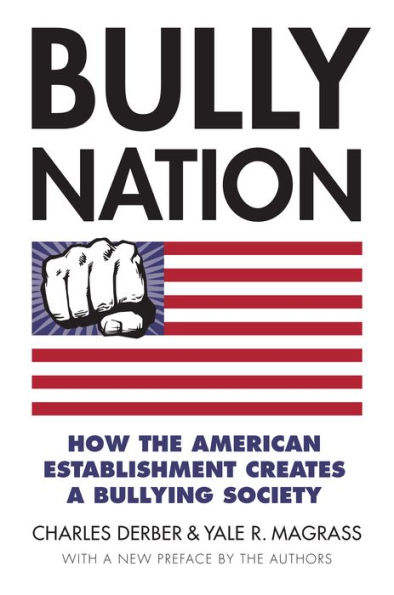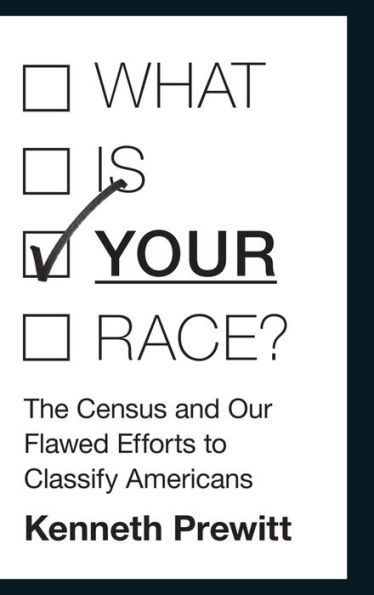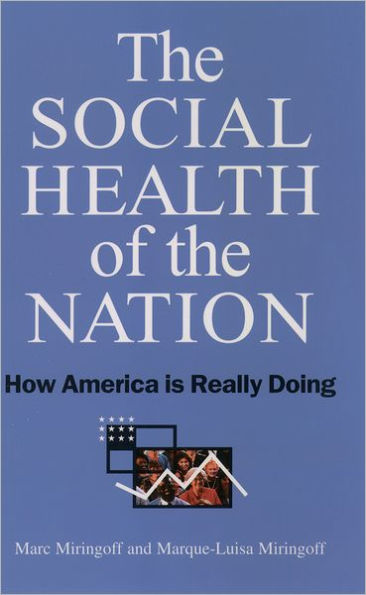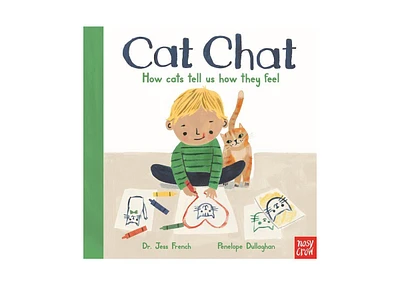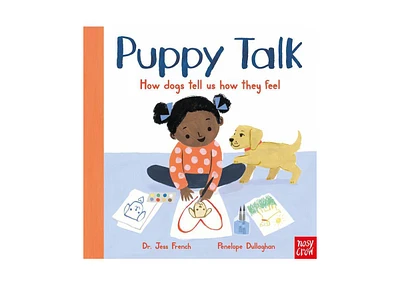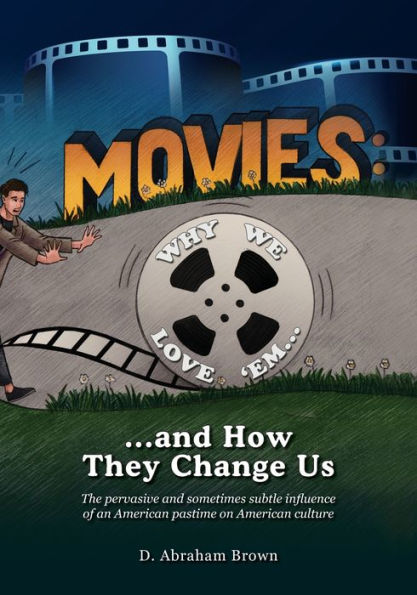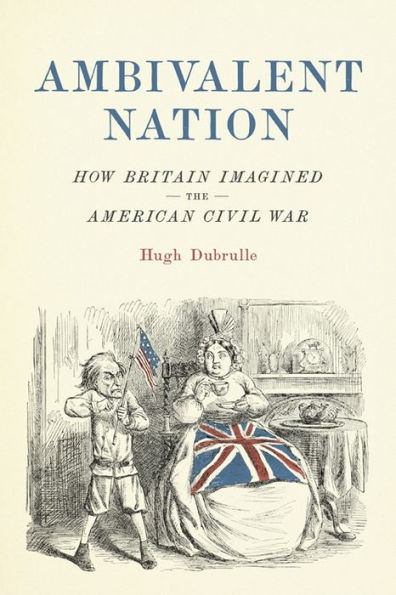Home
Counting Americans: How the US Census Classified Nation
Loading Inventory...
Barnes and Noble
Counting Americans: How the US Census Classified Nation
Current price: $24.99


Barnes and Noble
Counting Americans: How the US Census Classified Nation
Current price: $24.99
Loading Inventory...
Size: Audiobook
*Product Information may vary - to confirm product availability, pricing, and additional information please contact Barnes and Noble
How could the same person be classified by the US census as black in 1900, mulatto in 1910, and white in 1920? The history of categories used by the US census reflects a country whose identity and self-understandingparticularly its social construction of raceis closely tied to the continuous polling on the composition of its population.
By tracing the evolution of the categories the United States used to count and classify its population from 1790 to 1940, Paul Schor shows that, far from being simply a reflection of society or a mere instrument of power, censuses are actually complex negotiations between the state, experts, and the population itself. The census is not an administrative or scientific act, but a political one.
Counting Americans
is a social history exploring the political stakes that pitted various interests and groups of people against each other as population categories were constantly redefined. Utilizing new archival material from the Census Bureau, this study pays needed attention to the long arc of contested changes in race and census-making. It traces changes in how race mattered in the United States during the era of legal slavery, through its fraught end, and then during (and past) the period of Jim Crow laws, which set different ethnic groups in conflict. And it shows how those developing policies also provided a template for classifying Asian groups and white ethnic immigrants from southern and eastern Europeand how they continue to influence the newly complicated racial imaginings informing censuses in the second half of the twentieth century and beyond.
Focusing in detail on slaves and their descendants, on racialized groups and on immigrants, and on the troubled imposition of U.S. racial categories upon the populations of newly acquired territories,
demonstrates that census-taking in the United States has been at its core a political undertaking shaped by racial ideologies that reflect its violent history of colonization, enslavement, segregation and discrimination.
By tracing the evolution of the categories the United States used to count and classify its population from 1790 to 1940, Paul Schor shows that, far from being simply a reflection of society or a mere instrument of power, censuses are actually complex negotiations between the state, experts, and the population itself. The census is not an administrative or scientific act, but a political one.
Counting Americans
is a social history exploring the political stakes that pitted various interests and groups of people against each other as population categories were constantly redefined. Utilizing new archival material from the Census Bureau, this study pays needed attention to the long arc of contested changes in race and census-making. It traces changes in how race mattered in the United States during the era of legal slavery, through its fraught end, and then during (and past) the period of Jim Crow laws, which set different ethnic groups in conflict. And it shows how those developing policies also provided a template for classifying Asian groups and white ethnic immigrants from southern and eastern Europeand how they continue to influence the newly complicated racial imaginings informing censuses in the second half of the twentieth century and beyond.
Focusing in detail on slaves and their descendants, on racialized groups and on immigrants, and on the troubled imposition of U.S. racial categories upon the populations of newly acquired territories,
demonstrates that census-taking in the United States has been at its core a political undertaking shaped by racial ideologies that reflect its violent history of colonization, enslavement, segregation and discrimination.

